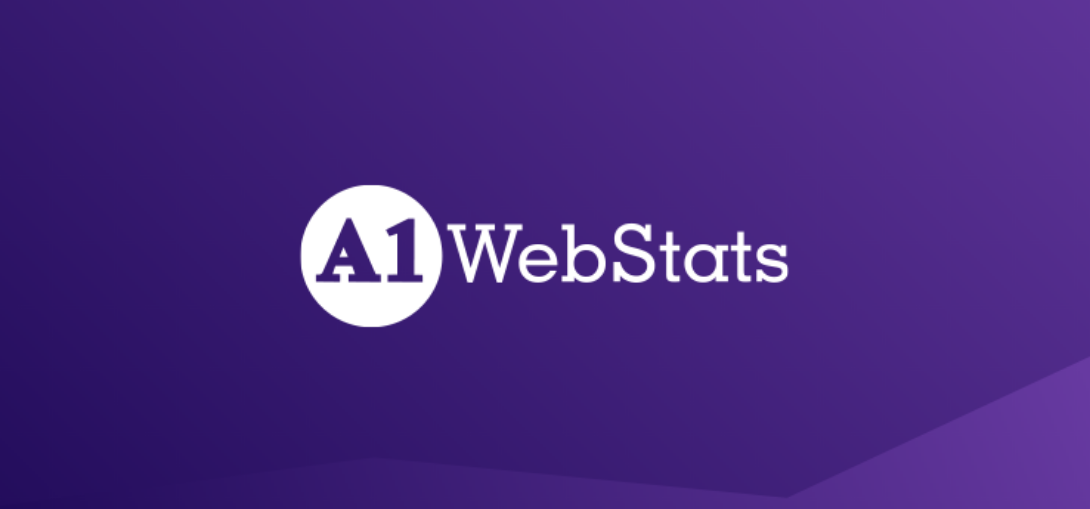
Capitalising on unidentifiable website page viewers
In our view, people focus too much on capitalising on certain types of data, but miss out on the bigger opportunities.
There is more to life than identifying that a company has been to your product or services pages.
1 minute analysis exercise
Do you want to gain more enquiries about specific products or services?
Here’s something for you to do, using your A1WebStats data …
- Log into your A1WebStats account.
- Pick a time period (a month would work well) and select that date range.
- From the top navigation bar, select Filters – All Pages.
- Click on ‘Deselect’ in the left-hand column to untick all the pages.
- Tick the box next to a product or service from the list of visited pages – one that you’d like more enquiries/sales about.
- Click the blue ‘Show’ button in the left-hand column, which will create a report of all the visitors to that page during the time period that you’ve chosen.
- The green bar will show you the total number of visitors that got to the product or service page you’re interested in (during that time period).
- Note down how many enquiries you got (during that date range) about that product or service (that you think may have been helped by the presence of that part of your website). Express it as a percentage of the total visitors who got to that product or service page.
Forget the companies for a few minutes
Did the percentage look relatively weak?
If it did, then read on. If it didn’t, then congratulations – something is working well, which would put you in the minority because most won’t be achieving that.
Next skim through the visitors who got to the product or service page of interest. Now looking mainly at the part of the page that shows the organisation name, try to ignore those that can be identified as companies and focus on all the others.
Of those non-identifiable visitors, some may well be irrelevant traffic (e.g. from a country you don’t target or from a source that brings you little value), but many of those non-identifiable visitors will fall into the following categories of people:
- Visitors from companies that can’t be identified by their IP address. This would typically be from smaller companies, but not exclusively (many companies can cover their tracks).
- People from organisations who are working from home (daytime or evening). Since Coronavirus in particular, we live in times where more people work from home either full-time or part-time.
- People from organisations who use mobile devices either in the workplace (not connected to the network) or while out of the workplace or at home.
In short, of all those ‘non-identifiable’ visitors, you really don’t know for sure whether they were potential customers or not. However, you can safely assume that many of them would have been (after all, how many casual surfers, competitors, or other irrelevant visitors would realistically go to your product or service pages?).
Spend a few more minutes analysing
So you’ve picked a product or service page and you now have an A1WebStats report showing you each visitor who got to that page during their visit.
Now look through the data and think about how many that are totally irrelevant to you. These would include:
- Countries you don’t sell to.
- Existing customers.
- Suppliers/people wanting to sell to you.
- Competitors
You’re going to ignore those as you look through all the other visitors.
View each of those other visitors (particularly those that can’t be identified as companies) as being potentially from buyers.
Absorb their movements to and from your product or service page of interest and study that page (and other pages leading into it), thinking of possible reasons why you didn’t gain more enquiries.
That exercise will typically lead to website strengthening activities, which will result in you gaining more enquiries from visitors to those pages, rather than relying purely on chasing up the identifiable companies who have been to those pages.
Remarketing to key page visitors
We’re consistently surprised at how few businesses make use of Google Remarketing to capitalise on visitors to certain parts of their websites.
If you’re unfamiliar with Google remarketing, the short version, in the context of this blog is:
- People go to your product or service pages.
- Even if you can’t identify them as companies, it makes sense to remind them of who you are, by showing adverts to them for months after they visit your website.
- If you’re not doing it, your competitors may be.
So if someone views Product X, or Service Y on your website, and they haven’t made contact with you, then surely it makes sense to ensure that your branding is visible to them for months after their visit, as they may well come back again (by which time your website would ideally have been strengthened to better-capitalise on their visit).
Need some help?
We’ve taken thousands of people through the same process of analysing product or service pages in more detail so please do contact us to book in a (free) call if that would be of interest to you. Typically, those discussions with subscribers generate additional thinking that help their websites to become stronger.
And that’s what A1WebStats is all about – focusing beyond identifying companies that visited websites and into finding ways to make websites stronger, resulting in more enquiries/sales for businesses.
Leave a Reply